London to Oxford
Ride Overview
The road to Anglesey begins in London, at Marble Arch in fact. For over two millennia, Roman legions, traders, Dukes and earls have set off from London rather than Reading (which is the ‘official’ start of the NCN 5). The journey begins on cycleways and traffic-light roads through North-West London passing Hyde Park, Nottinghill, Ealing and Northala Fields (London’s newest and most spectacular park) and from there you’re into the rolling hills of the Chiltern,s with its perfectly ordered landscape and beyond- pretty villages. Once off the scarp slope and onto the plain of Oxford, the ride is purely pastoral, a timeless land of green fields where cattle graze.
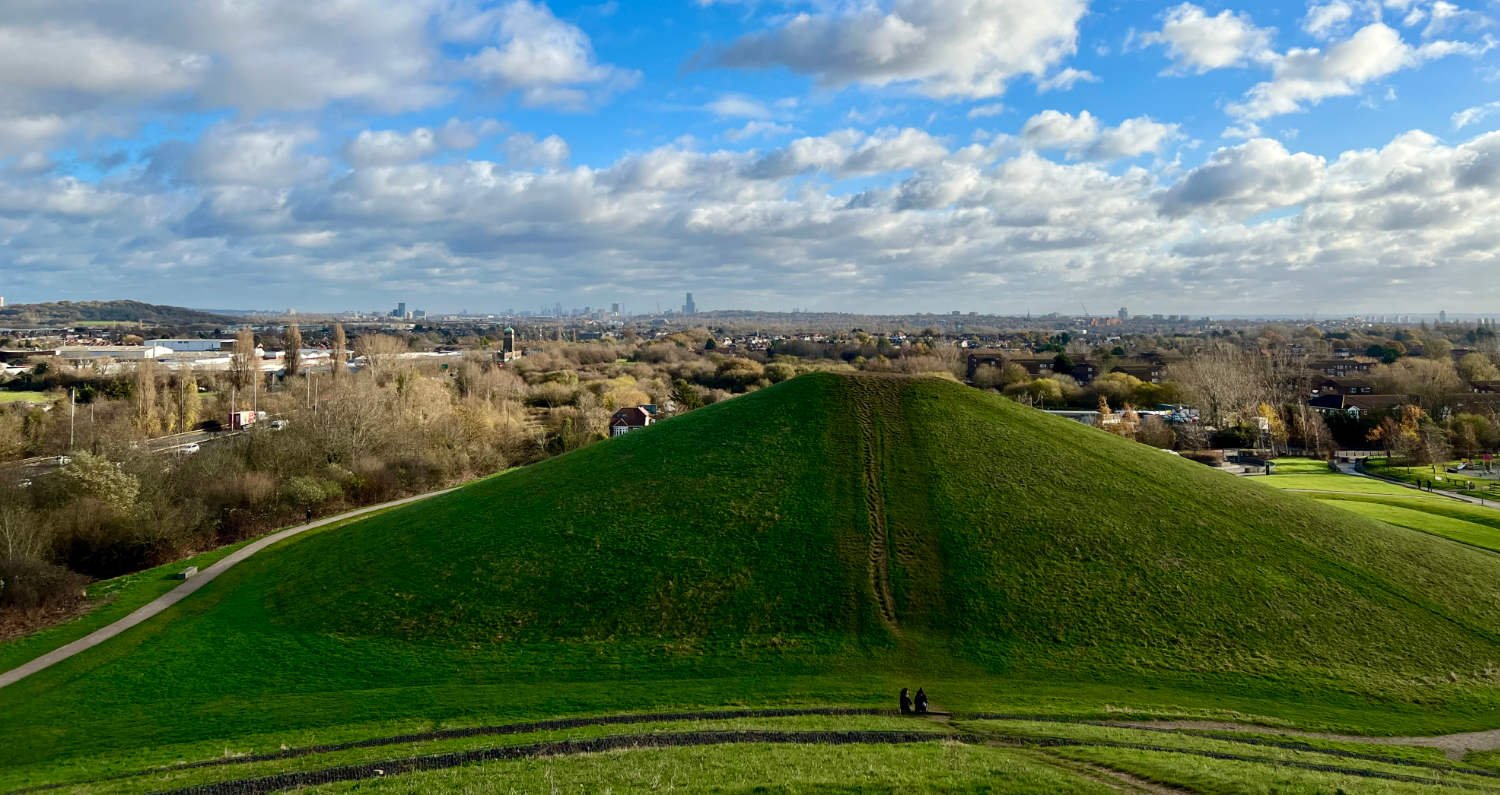
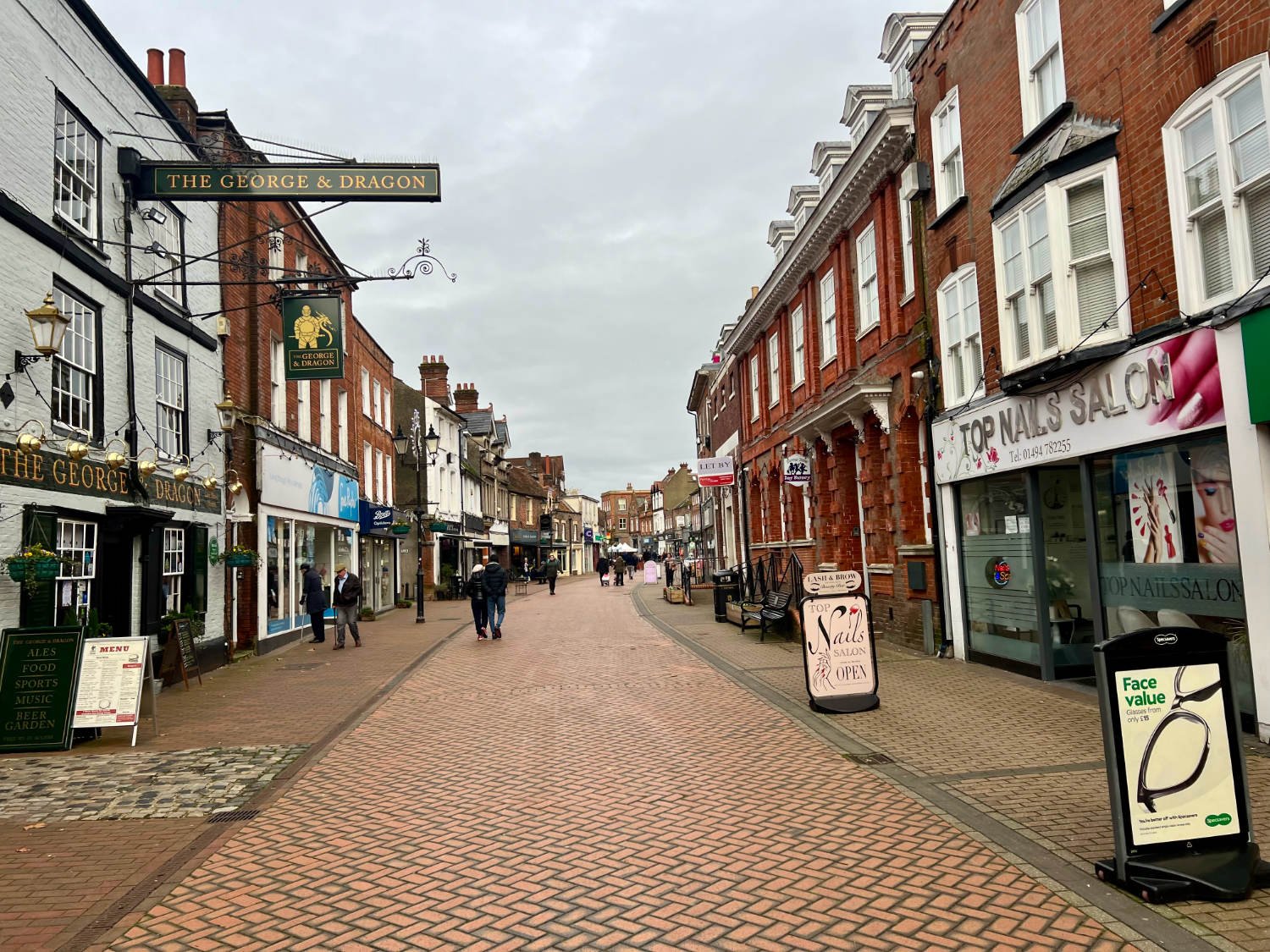
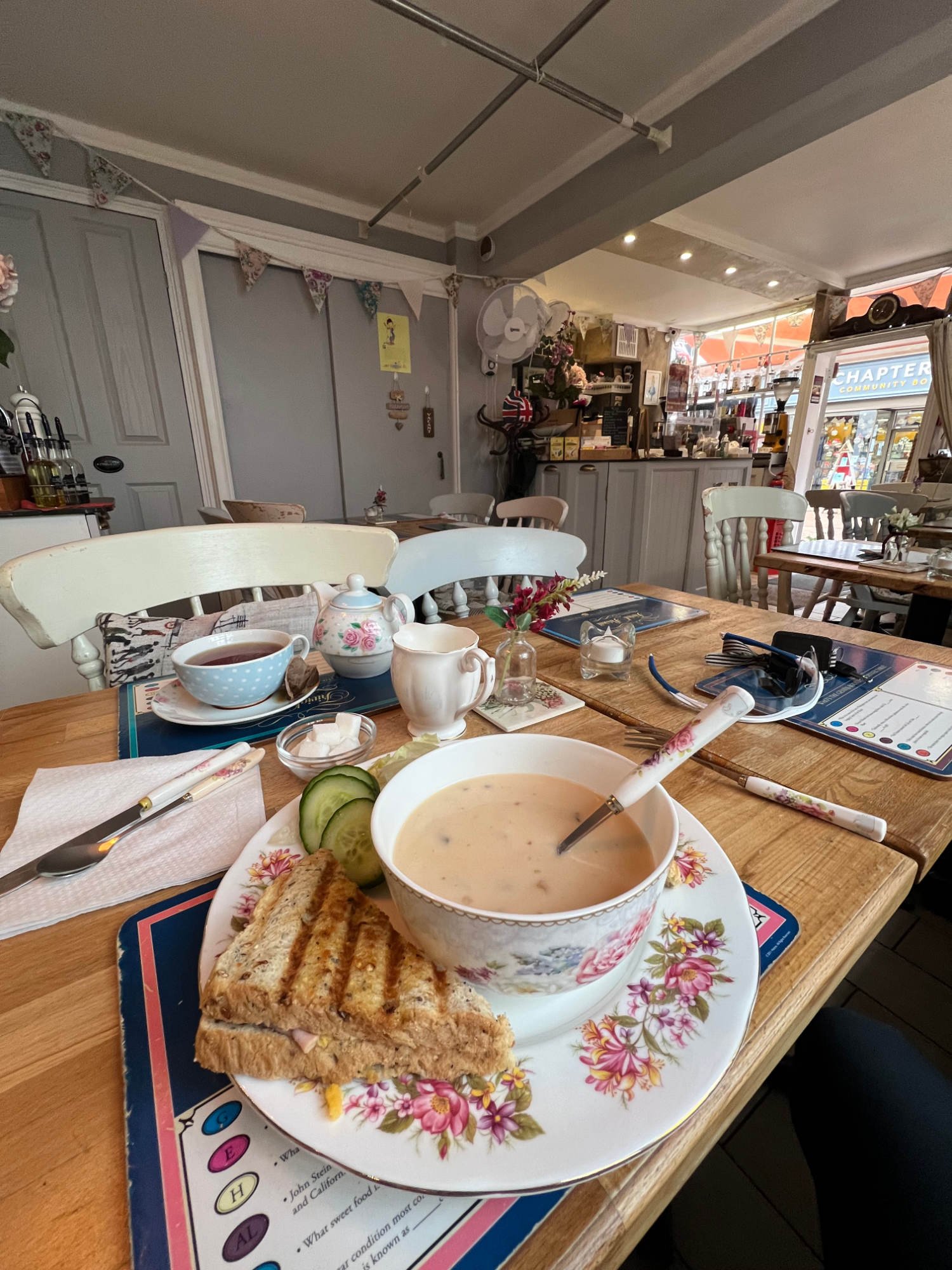


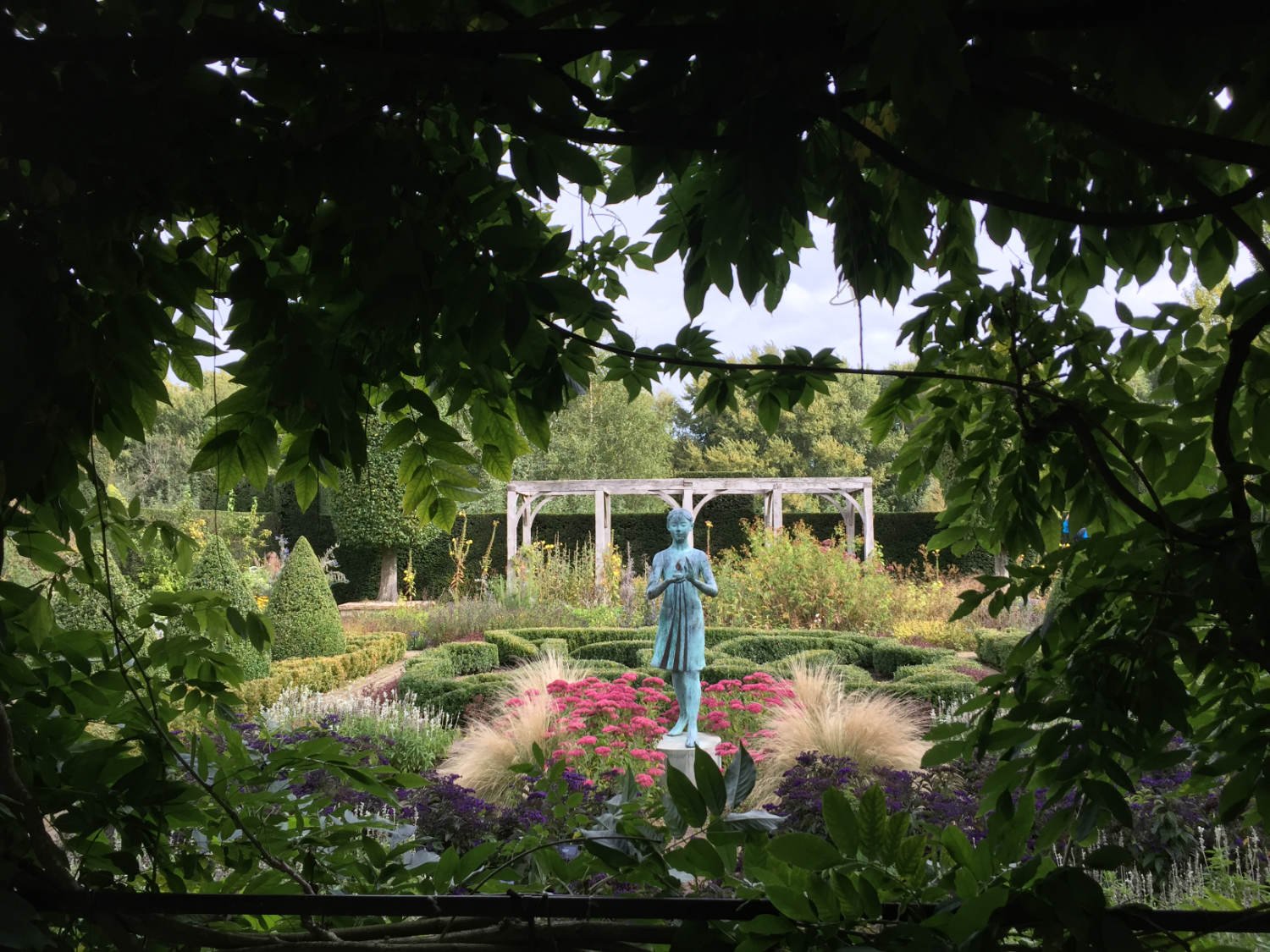
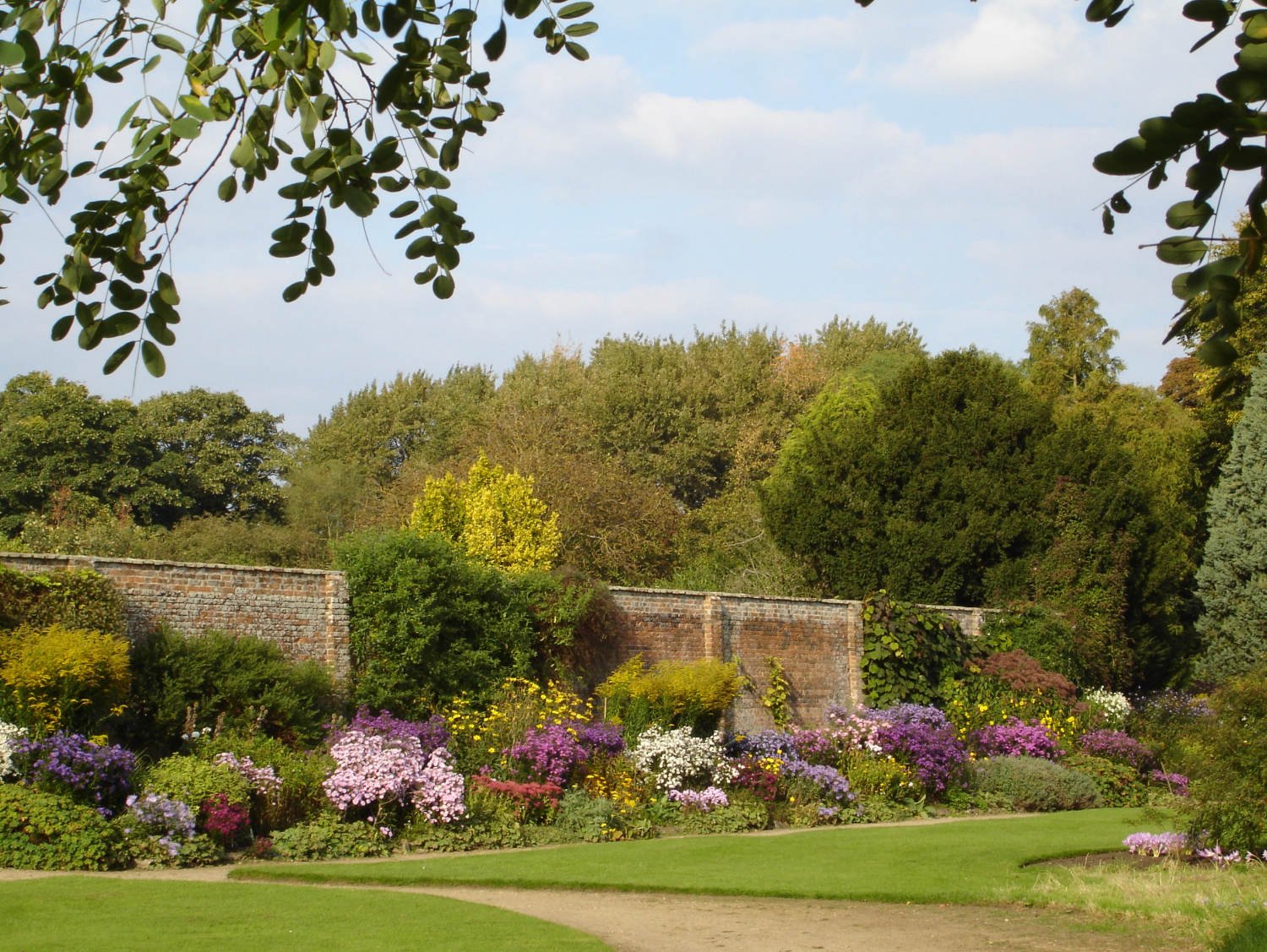
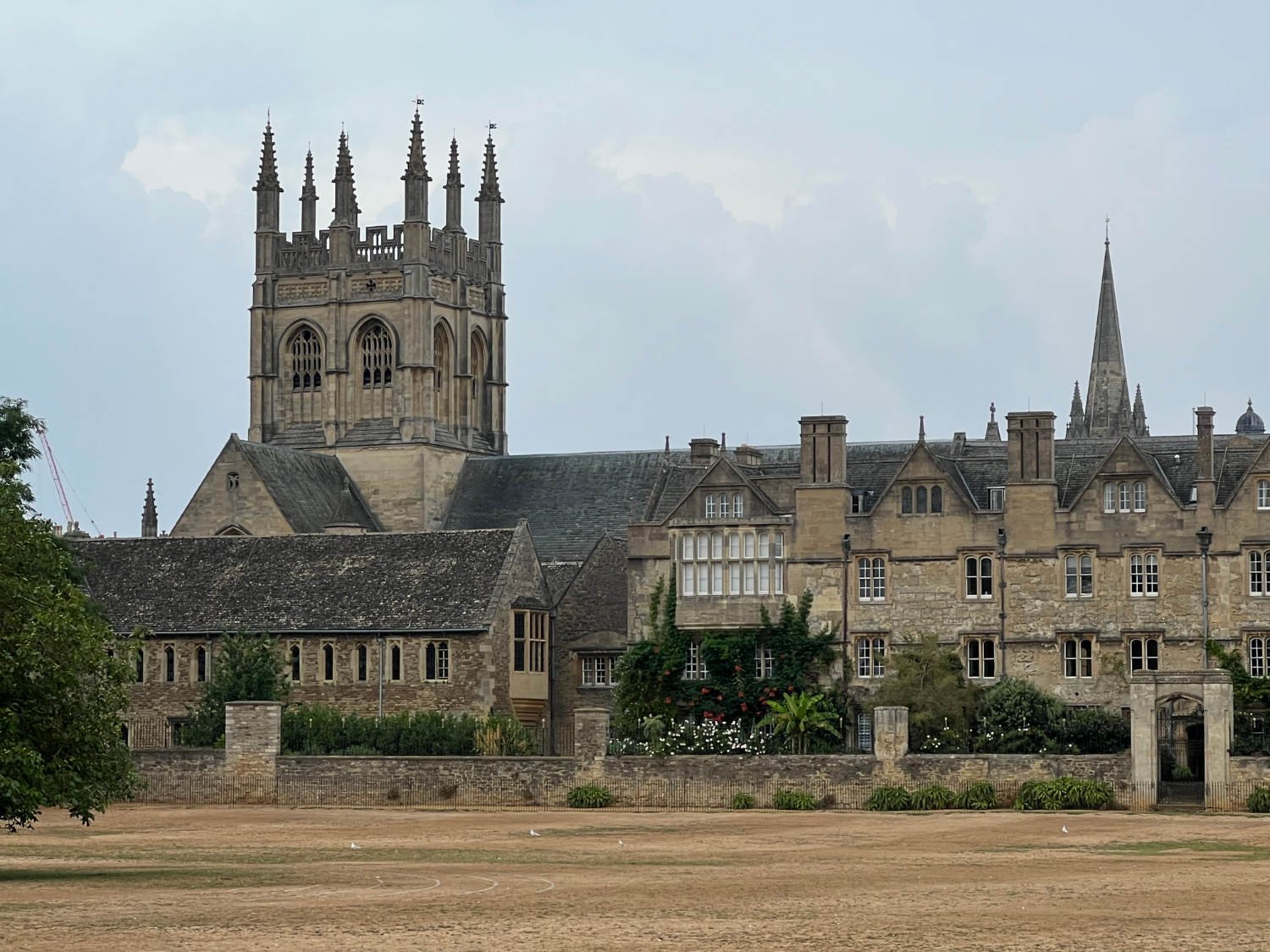
Ride Practicalities
START/FINISH: London, Marble Arch/Oxford DISTANCE: 117km TOTAL ASCENT: 889m TERRAIN AND SURFACES: mainly on asphalt, including cycleways and quiet suburban roads. The route uses short sections of bridleway and a rough concrete track as well as 12 km of hard packed gravel on the Phoenix Trail. After heavy rain, some sections may be muddy. The route is best suited to 28mm+tyres RECOMMENDED CAFÈS/PUBS; Greenford, Northala Fields Cafe, Chesham; The Watnot Cafe, Roots, Oxford; Bear, Perch, Punter CAMPING/ACCOMMODATION; N/A, MAINLINE RAILS; Chesham, Oxford LINKS TO OTHER RIDES: Between the Great West Roads,, stage 2 Oxford to Stratford-upon-Avon, NCN 5
Ride Notes
The purist may take issue with the starting point of this ride, for prior to the age of the velocipedes, automobiles and trains, the road to Oxford began at the Bull and Mouth Inn, St. Mary-le-Grand, in the City of London. From early Stuart times until the beginning of the railways, the four storey Inn had been the ‘Victoria Coach Station’ of its age. From here coaches left for all parts of the Kingdom and by all accounts, it was a chaotic and noisy place filled with travellers, traders, horses and coachmen. However, the ride along the old road through London is not a pleasant cycle, (Holborn Junction is a cyclist’s death zone and Oxford Street is the most polluted in Europe) so our journey begins at Marble Arch, where the road to Anglesey is said to being.
The Marble Arch was created as a ceremonial archway by John Nash as the state entrance to Buckingham Palace. It was moved by Nash’s protegé Decimus Burton, who was commissioned to expand the Palace. From the Arch, the route weaves a way through the splendours of Notting Hill and Holland Park, two of the most properous areas of London, and thence into Acton and Ealing, where there are innumerable parks, including the Northala Park, where four conical mounds stand, built using the rubble of the old Wembley stadium. There are serpentine paths leading to their summits from which there are spectacular views over the whole of the London basin. Also in the park is a good community cafe.
Northala Park
From Northala, you head towards the modern road to Oxford, the A40, built in 1923. The trunk road is a noisy affair, but the cycle lane beside it, is wide and smooth. During frequent hold-ups on the six-lanes road, it is a marvellous thing to spin past stuck-in-a-jam cars and it is hard to refrain from some smug grinning.
Having put your head down and pedalled fast beside the river of cars, you leave the A40 and ride through Swakeleys Park. Look across the river Pymme through trees and you’ll see the turrets and towers of London’s greatest Jacobean House, still a private home.
The riding so far has been on cycle lanes and quiet suburban roads. Now, as you approach the foothills of the Chilterns, the open road beckons. It rises and falls, first down to the river Colne on a single track lane, then mixes an old disused road with a short section of bridlepath before heading to Little Chalfont on a road, which is lined with palaces of unimaginable size and ostentation. You may wonder what on earth people do with so many rooms.
Chesham makes an ideal first stop. Gracious flint and brick houses line the pedestrian high street and the The Watnot Vintage Cafe has wonderful home made cakes. You’ll need the extra energy as the hill out of town onto the Chiltern’s proper is a leg-buster. The views over the valley are a wonderful distraction; beech woods, intimate fields where horses graze cover the horizon and above red kites twitch in the open sky. You ride through villages of great loveliness and through a managed countryside, where everything seems to have its perfect place. There are pubs with unuuasal names such as The Land of Liberty, Peace and Plenty, and others with reputations for super food and beer, such as Nag’s Head in Great Missenden.
Spring in the Chilterns
By the time you reach the scarpment of the Chiltern hills, having ridden along a bridleway through woods which are carpeted with bluebells in the spring, and along sinuous country lanes, the plain of Oxford will come as a relief after all the hills. You shoot down to Princes Risborough before joining the flat and hard-packed gravel surface of the Pheonix Way, an old railway, to Thame. The surface is perfect for an easy spin and before long, you are back on lanes meandering through the agricultural vale towards Oxford itself.
The entry into the city of dreaming spires is industrial, for you pass the Cowley car plant, where Morris Minors were once made. Now, owned by BMW, it turns out the iconic Mini. Using the very good city cycling network, you soon arrive in the heart of the golden city, and find yourself amidst the greatest university in the world, with its courtyards, colleges and corbels. The University was founded in 1249 and is still today regarded as the world’s leading seat of learning.
After a night in the city, you join up with the ‘official’ NCN 5 route which will take you onwards to Holyhead.
All the details given on this route are given in good faith. However, situations on the ground can change, so if you know of any access issues, closures, or have any thoughts and feedback on the route, please include them in the comments section below.


